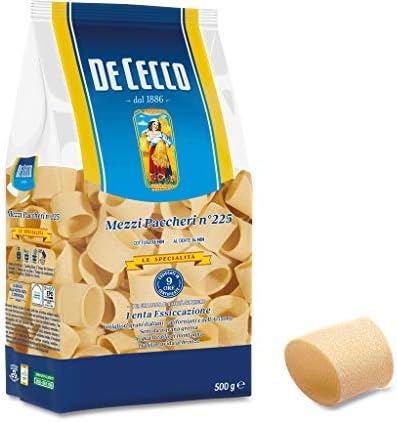The Significance of Pasta in Global Cuisine

The Importance of Pasta in Culinary Traditions
Pasta is more than just a food item; it is a cultural symbol that transcends global boundaries. Originating from Italy, this staple has woven its way into the culinary traditions of various countries, showcasing its versatility and universal appeal. According to the International Pasta Organisation, global pasta consumption reached over 15 million tonnes in 2022, marking a notable uptick amidst the increasing trend towards home cooking during the pandemic.
A Brief History of Pasta
The origins of pasta date back to ancient times, with historical records suggesting that the Chinese were making a form of noodles as early as 2000 BC. However, it was in Italy during the 13th century that pasta began to take its modern shape. It quickly gained popularity, becoming a staple food for families across the country. Today, pasta comes in various shapes and sizes, including spaghetti, penne, fusilli, and farfalle, each offering unique culinary possibilities.
Pasta in the Modern World
Recent trends indicate an evolution in pasta production and consumption. Many producers are now making gluten-free, whole grain, and legume-based pasta to cater to dietary needs and preferences. Health-conscious consumers are incorporating pasta into their meals while often opting for healthier sauces and add-ins, thus ensuring that pasta remains a hearty yet nutritious option.
In recent months, the global market has also seen significant innovations, such as the introduction of high-protein pasta. Made from lentils, chickpeas, or even protein isolates, these products aim to attract health-minded consumers and fitness enthusiasts. As the demand for plant-based options rises, pasta manufacturers are adapting to this shift, demonstrating resilience and creativity in their offerings.
The Cultural Significance of Pasta
Pasta also holds a special place in many cultures, not just as food but as a means of gathering. Family gatherings, special occasions, and even cultural festivals often feature pasta dishes that are cherished recipes handed down through generations. From Italian spaghetti Bolognese to Asian noodle dishes, the shared experience of enjoying pasta transcends geographical distances, promoting a sense of community.
Conclusion
Pasta’s significance in our daily lives cannot be overstated. With its rich history and evolving nature, it remains a central part of many diets worldwide. As people continue to explore and experiment with different variances of this beloved dish, one can forecast that pasta will remain a celebrated component of global cuisine for years to come. Thus, whether one is enjoying a classic spaghetti carbonara or a modern chickpea pasta salad, pasta offers something for everyone, uniting us through flavour and tradition.









